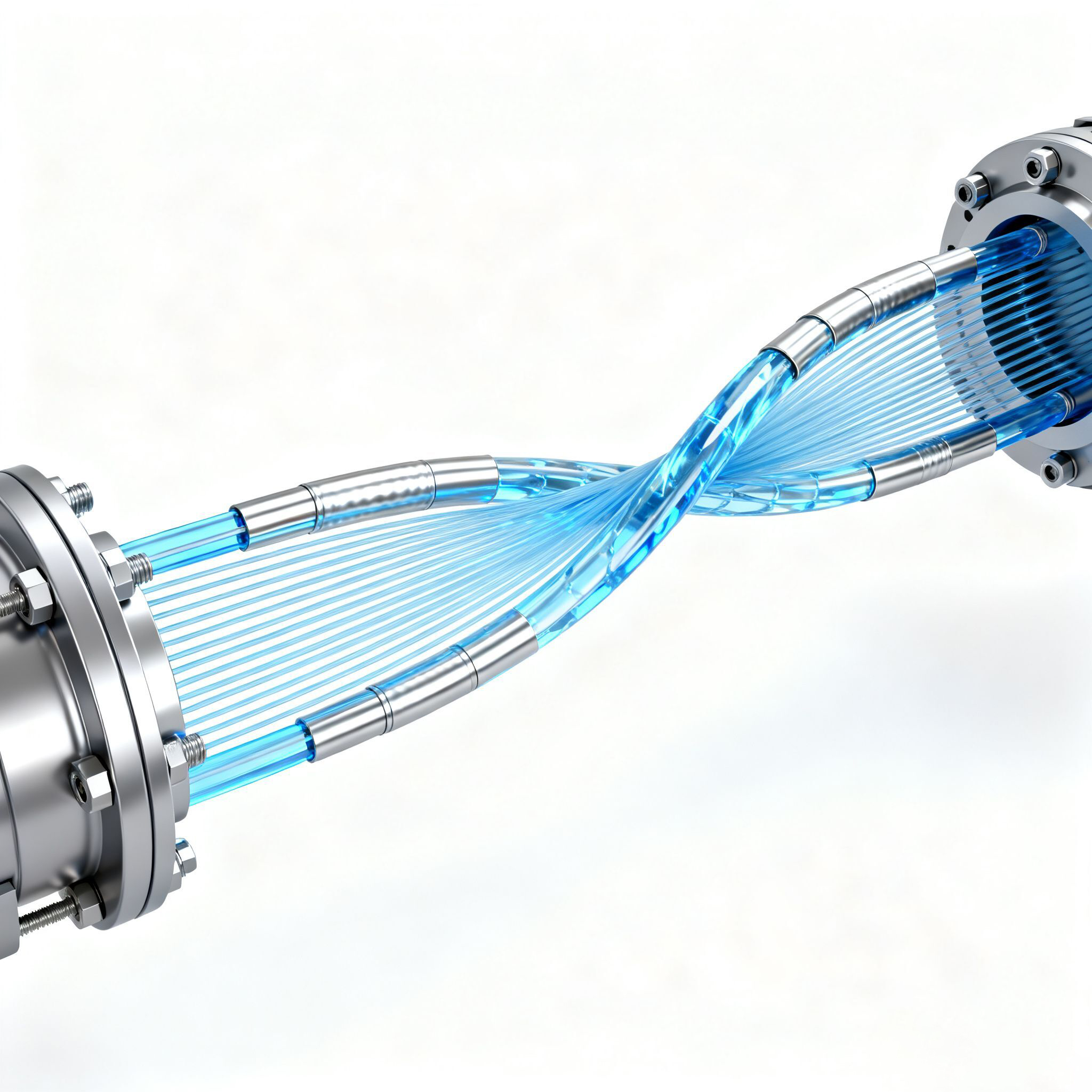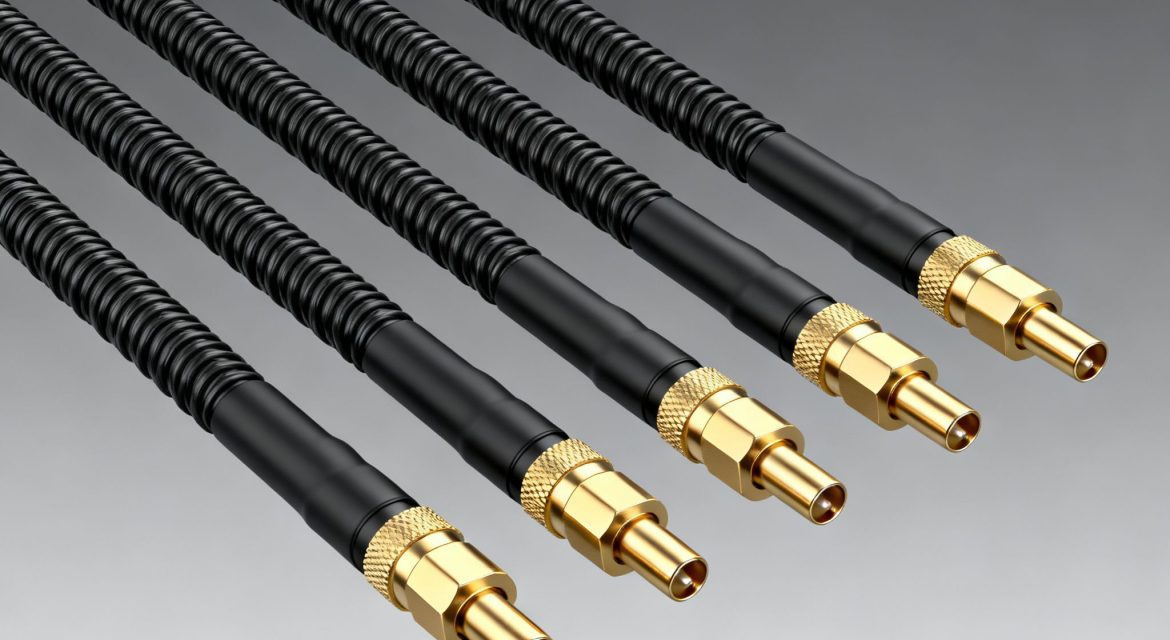Tensile reinforced optical fiber: The Invisible “Steel Frame”
Have you ever thought that the network signals we use every day are actually transmitted through optical fibers that are thinner than a human hair? Even more astonishingly, these slender optical fibers can actually withstand considerable tensile force. This is the tensile reinforced optical fiber we are going to talk about today – it’s like putting invisible armor on the optical fiber.

Optical fibers themselves are actually quite fragile. Despite its powerful ability to transmit optical signals, the glass fibers inside are prone to breakage once bent or stretched. Imagine that it’s easy to break a plastic rope, but it’s very difficult to break a steel wire of the same thickness. Tensile reinforced optical fibers are ordinary optical fibers with structures similar to “steel wires” added.
This kind of reinforcement usually comes in two ways: One is to wrap Kevlar fibers around the outer layer of optical fibers – the kind of material used in bulletproof vests; Another approach is to incorporate reinforcing structures during the manufacturing process to make the optical fiber stronger from the inside out. This is just like the difference between an ordinary rope and a climbing rope. Although they both look like ropes, the latter can bear much more weight and tension.
You might think that optical fibers are mostly buried underground or laid in pipes, so why do they need to be resistant to pulling? In fact, during the installation process, workers need to pull the optical fiber hard to pass through the pipe. During an earthquake, crustal movement can also stretch the optical cables buried underground. Even the thermal expansion and contraction caused by temperature changes can generate continuous stress. If there is no ability to withstand pulling, all these situations may cause the optical fiber to break, resulting in a sudden interruption of your network.
Even more impressive is that today’s tensile optical fibers have developed to the point where they can not only withstand pulling but also resist various external forces such as bending and squeezing. This is just like a well-trained athlete, who not only has great strength but also good flexibility and can adapt to all kinds of complex environments.
The next time you watch 4K videos smoothly at home or have a video call with your loved ones far away, consider that these signals are traveling through those optical fibers with “steel bars and iron bones”, crossing mountains and rivers to reach your side. The advancement of technology is like this: it makes the most fragile things the strongest, allowing invisible forces to support our visible lives.





